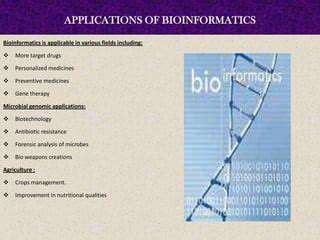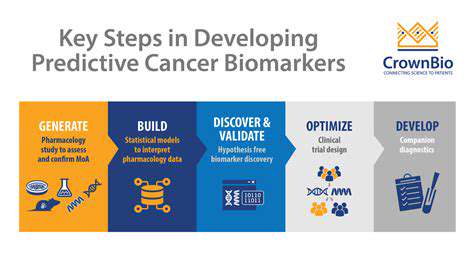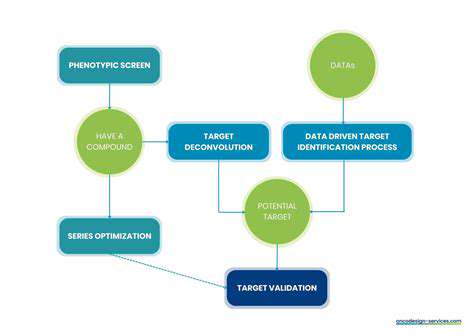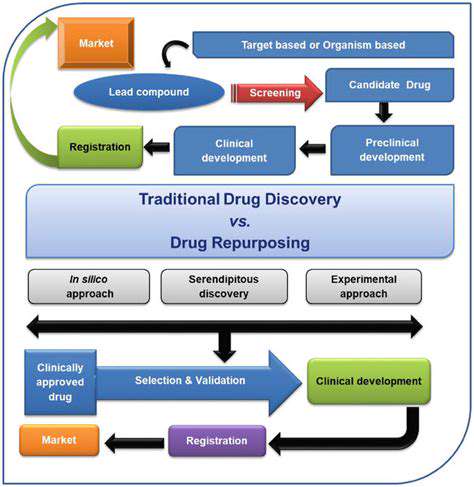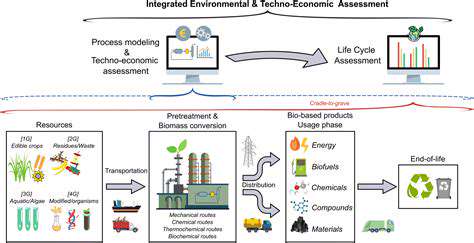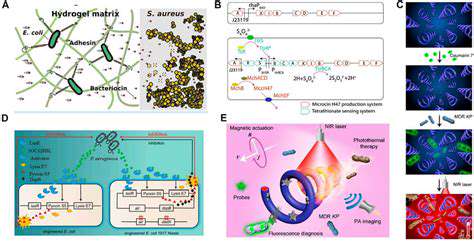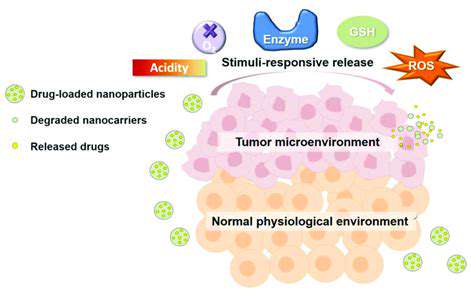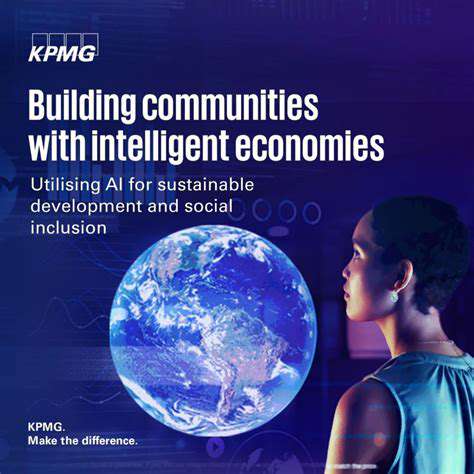Introduction to DNA Profiling
DNA profiling, a cornerstone of forensic biotechnology, is a powerful technique used to identify individuals based on their unique DNA patterns. This process involves analyzing specific regions of an individual's DNA, known as short tandem repeats (STRs), which exhibit variations in length between individuals. These variations allow for the creation of a unique genetic profile, akin to a fingerprint, that can be used for a multitude of applications, from criminal investigations to paternity testing and even identifying victims of mass disasters.
The Science Behind DNA Profiling
The fundamental principle behind DNA profiling rests on the variability in the human genome. While the vast majority of our DNA sequences are identical across individuals, there are regions that exhibit significant diversity. These regions, the STRs, are repeated sequences of DNA bases that vary in length from person to person. Forensic scientists exploit this natural variation to construct a unique genetic profile, allowing for a high degree of accuracy in identification.
Methods of DNA Extraction and Amplification
The process of DNA profiling begins with the extraction of DNA from a biological sample, such as blood, saliva, or hair. Modern techniques use specialized reagents and procedures to isolate and purify the DNA, ensuring its integrity for subsequent analysis. Following extraction, the target STR regions are amplified using the polymerase chain reaction (PCR). This method exponentially increases the amount of DNA available for analysis, enabling the detection of even minute quantities of DNA.
STR Analysis and Interpretation
Once the STR regions have been amplified, they are analyzed using specialized electrophoresis techniques. These techniques separate the amplified STR fragments based on their size, creating a pattern that is unique to each individual. The resulting pattern is then compared to a database of known profiles or, in the case of a missing person or victim, to potentially related individuals or family members.
Applications in Forensic Science
DNA profiling has revolutionized forensic science, providing a powerful tool for crime scene investigations. By analyzing DNA evidence from crime scenes, investigators can link suspects to crimes, exonerate the wrongly accused, and identify unknown individuals. This technique is also instrumental in cases of missing persons, disaster victim identification, and even in identifying human remains that have been degraded over time.
Beyond Criminal Investigations
The applications of DNA profiling extend far beyond criminal investigations. It plays a crucial role in paternity testing, establishing familial relationships, and in identifying individuals in mass disasters where conventional methods of identification are impossible. This technology has significantly contributed to the advancement of human identification and genealogical research, providing a unique perspective on human history and ancestry.
Ethical Considerations of DNA Profiling
The widespread use of DNA profiling raises important ethical considerations. Issues of privacy, data security, and the potential for misuse of genetic information must be carefully addressed. Robust regulations and guidelines are essential to ensure that DNA profiling is employed responsibly and ethically, safeguarding individual rights and preventing potential harm. Furthermore, considerations of informed consent and data handling are critical in maintaining public trust and ensuring the integrity of the process.
5G technology is poised to revolutionize the live sports viewing experience, moving it beyond the physical confines of the stadium. Fans can anticipate unprecedented levels of immersion, feeling like they're right in the heart of the action, regardless of their location. Imagine the ability to experience a breathtaking play from multiple angles simultaneously, or to virtually interact with other fans in a shared, real-time viewing environment. This enhanced perspective will transform the traditional spectator experience, fostering a deeper connection with the athletes and the game itself.
